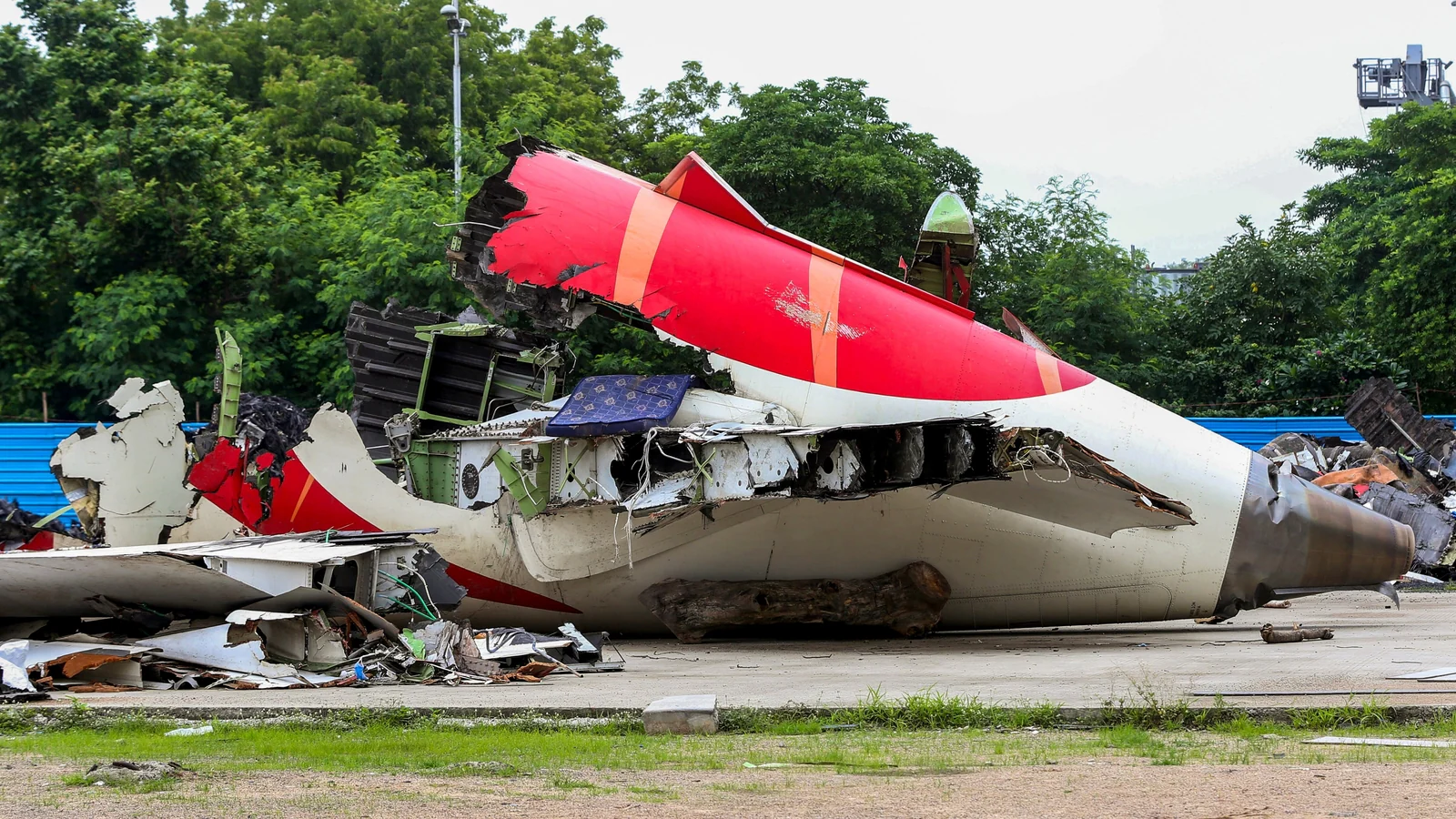In the aftermath of the tragic Boeing Dreamliner crash in Ahmedabad, India’s Civil Aviation Minister, Ram Mohan Naidu made a big revelation. He informed Parliament on July 24 that 112 Air India pilots reported sick just four days after the Air India plane crash. Among them were 61 senior commanders and 51 flight officers.
The Boeing 787-8 aircraft, en route to London, lost thrust mid-air moments after takeoff and crashed into a college hostel building. The crash was so massive killing 274 people on board and on the ground. The devastating crash has sent shockwaves across the aviation sector, raising serious concerns about crew welfare and airline safety protocols.
Focus Turns to Pilots’ Mental Health
In his address, Minister Naidu highlighted the urgent need to prioritize mental health support for airline crews, especially following high-stress incidents. He stated that airlines have been advised to set up formal mental health support systems and peer support groups to help pilots deal with trauma and job-related stress.
Air India Under Regulatory Scrutiny
Amid the fallout, Air India confirmed that it has received four show-cause notices from the Directorate General of Civil Aviation (DGCA) over safety lapses related to pilot fatigue and training standards. These notices stem from voluntary disclosures the airline made over the past year.
In a brief statement this afternoon an airline spokesperson said, “We acknowledge receipt of these notices… related to certain voluntary disclosures made over the last one year. We will respond to the said notices… and we remain committed to the safety of our crew and passengers.”
This brings the total number of DGCA notices to the airline to 13 in just six months. The growing list includes multiple incidents involving technical malfunctions and emergency situations, underscoring deeper concerns about operational oversight.
String of Safety Incidents Raises Alarm
Among recent incidents, a fire broke out in the auxiliary power unit of an Air India Airbus A321 after landing in Delhi from Hong Kong. Thankfully, all passengers and crew had disembarked, and no injuries were reported.
Just a day earlier, an Air India flight from Kochi to Mumbai veered off the runway, damaging its engine cowling, while a Delhi-Kolkata flight aborted takeoff at high speed due to a system-detected technical issue. A similar case occurred the following day when an Air India Express flight from Delhi to Mumbai had to cancel takeoff after experiencing display malfunctions.
Crash Investigation Raises Eyebrows Over Fuel Switches
Preliminary findings from the Aircraft Accident Investigation Bureau (AAIB) suggest that both fuel supply switches on the crashed Dreamliner were moved from ‘RUN’ to ‘CUTOFF’ effectively shutting off both engines. The switches are designed to prevent accidental activation, leading to speculation over whether this was due to mechanical error or pilot action.
Media Reports Criticized by Investigators
The Wall Street Journal published a report quoting parts of the final cockpit conversation between the pilots, implying a possible deliberate act. However, both the AAIB and the U.S. National Transportation Safety Board (NTSB), which is assisting in the investigation, have slammed the coverage as speculative and “irresponsible.” They urged the public and media to await the final report, which is still pending.
Mandatory Inspections Ordered
In response to the crash, India’s aviation authorities mandated checks on all Boeing aircraft in the country, specifically focusing on the fuel control switches. Air India confirmed it had completed the required inspections and reported no anomalies.
As investigations continue, the crash has triggered a broader conversation about flight safety, crew well-being, and regulatory enforcement in India’s rapidly growing aviation sector.


